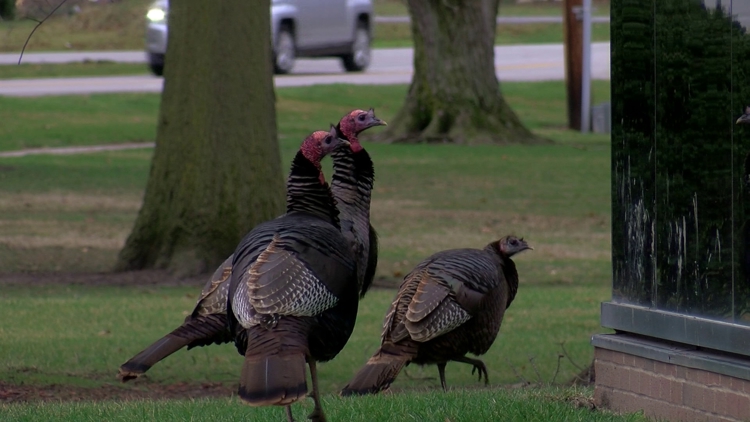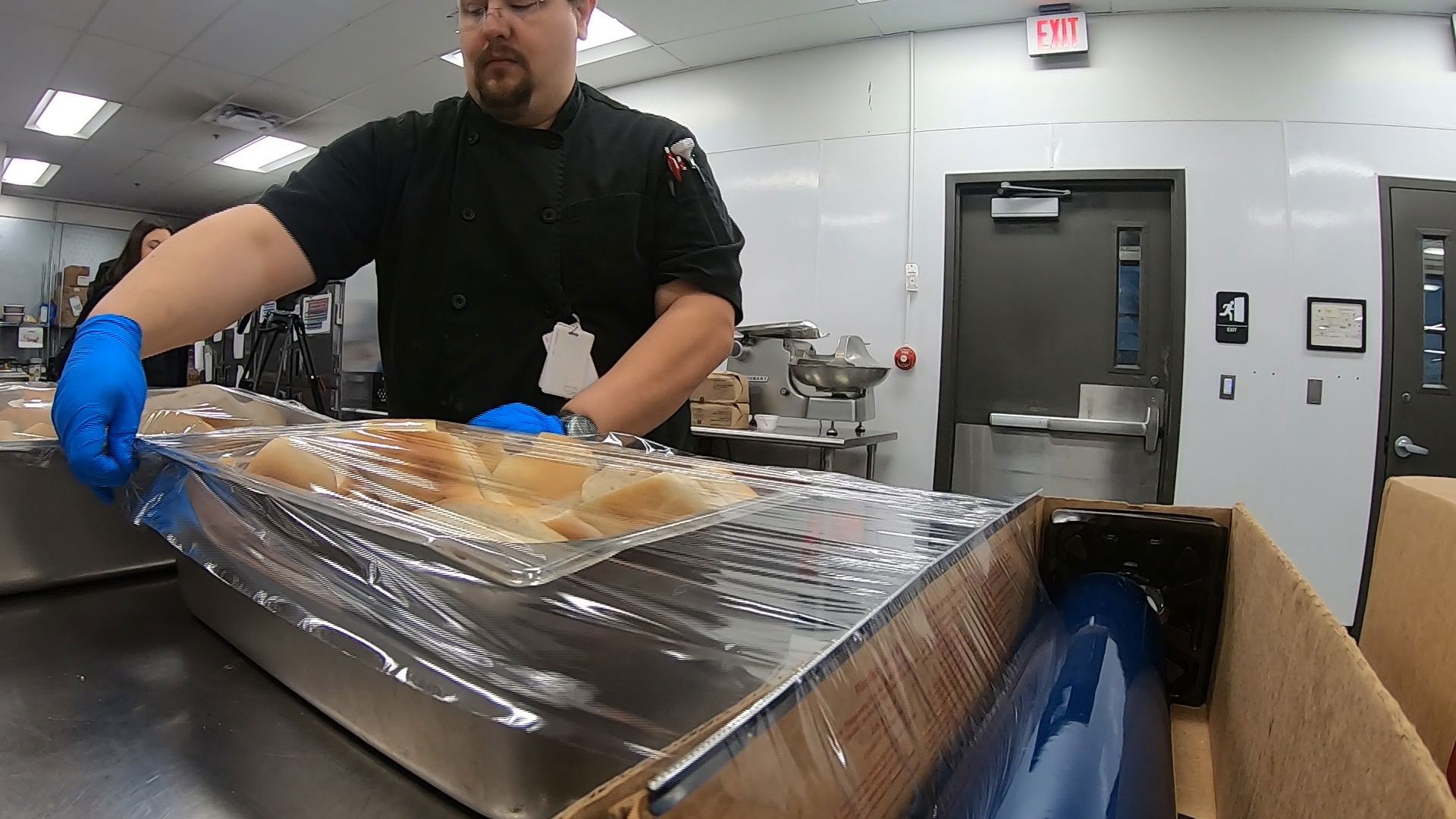OHIO, USA —
When people think of Thanksgiving, a turkey may be the first thing that comes to mind.
But the bird on the dining room table is a little different than the wild turkeys seen in northwest Ohio, and those wild turkeys were not always local.
"Turkeys were gone from the area by 1904," Jay Wright, the director of conservation science of Metroparks Toledo, said. "So through land conversion for agriculture, urbanization, overhunting by the beginning of the 20th century, there are no more turkeys left in Ohio."
The Ohio Division of Wildlife began reintroductions of turkeys to the state in the 1950s, but it wasn't until the early 2000s that they were brought back to Lucas County, starting in the Oak Openings area.
The wild turkeys that waddle around local parks today are part of a conservation success story, according to Wright.
"They're really doing well," Wright said. "Every year the population has grown, and we now see turkeys in many parts in many parts of the county."
The birds prefer to live in forested areas and can be found in every state, except Alaska. Turkeys can weigh up to 25 pounds and stand at three to four feet tall, making them the largest game bird in North America.
With a bald head, skin hanging below the chin (known as a wattle) and a snood (the skin that hangs off its bill) turkeys may not be the prettiest of birds.
The skin on their face can change in size and color to help with mating.
"Having that exposed skin can also help with heat regulation," Wright said. "In hot summer months, they can expel heat from those bare skin areas."
Having adaptations for different weather is part of what allows over 160,000 turkeys to live in Ohio today.
"All things are looking pretty good for the turkey right now," Wright said.
If anyone comes upon a rafter (that's the name for a group of turkeys) Wright said people should keep their distance. The birds can become aggressive, especially in April when they are mating.



